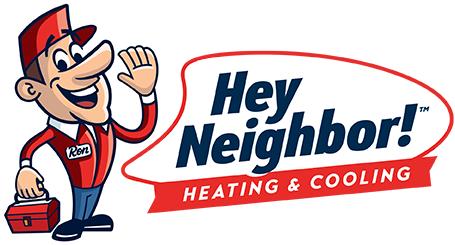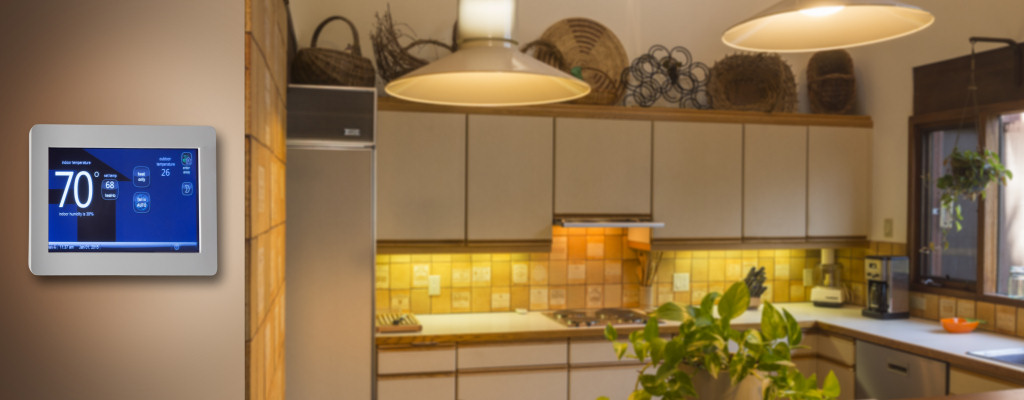Your HVAC system relies on prompting from your thermostat to know when to heat or cool your home and when to turn off for energy conservation. Naturally, an accurate, easy-to-use thermostat is essential to get the best possible performance from your system. Modern thermostats offer specifically designed features to help you maximize comfort and lower your monthly heating and cooling bills.
It stands to reason then that the most state-of-the-art HVAC equipment is only as effective as the thermostat that controls it. Therefore, you might consider replacing your thermostat if you’re experiencing one or more of the following.
It’s not programmable
Program-driven thermostats offer you an easy way to save money and improve your system’s performance. Enabling you to create and set programs based on day and time, these thermostats make it simple to heat and cool your home only when you need it while reducing the load on your system when you are away. Programs save you time and prevent you from forgetting to change your thermostat daily, resulting in improved convenience and more consistent temperature regulation for increased HVAC system longevity and energy savings.
It’s not digital
Once upon a time, analog thermostats were the best technology your local HVAC expert had to offer. These days, however, digital thermostats are the norm for many reasons. Traditional thermostats display the temperature using a mechanical slider, which can be hard to read, especially at a glance. Similarly, the lever or dial you use to adjust your home’s temperature can be hard to position precisely. These two factors combine to cause frustration when reading or setting the temperature, leading to higher energy bills and discomfort when you inadvertently set your thermostat to heat your home to a higher temperature than necessary. A digital display takes the guesswork out of setting a temperature for your system to maintain, enabling you to enjoy both home comfort and lower energy bills.
It doesn’t have enough features
Even if you have a modern digital or programmable thermostat, you may want a model with more features, such as these:
Program flexibility. Many newer thermostats allow you to set separate heating and cooling settings for each day of the week, while others only have one schedule for weekdays and another for the weekend. Some also feature hold and vacation settings for added control.
Modern display and controls. Large, backlit displays and an intuitive touchscreen make it easier to view and adjust your thermostat settings. Some models also offer voice activation and control.
WiFi capability. These advanced thermostats allow you to control your HVAC system even when you can’t physically access your thermostat. By connecting to your home’s wireless router, you can monitor and change your home’s temperature or cooling program via any internet-connected computer or web-enabled device, anywhere. You can instantly adjust the temperature to accommodate changes in your plans or the weather to ensure your home is always comfortable, even when you’re not present.
Maintenance alerts. System status information, filter-change reminders, and other alerts help keep your HVAC system running efficiently and prevent small problems from becoming large ones.
Memory save. Whether via flash memory storage or battery-backed, a thermostat with memory backup keeps you from losing your settings in the event of a power outage.
Adaptive learning features. New smart thermostats take the programmable aspect one step further. These devices include learning algorithms that, over time, develop a heating and cooling program for your home based on your daily activities. A smart thermostat helps you keep your home comfortable more efficiently by constantly monitoring your activity level and temperature and adjusting accordingly so you don’t have to manually maintain your home’s living space. All Energy Star-certified thermostats should have this functionality.
HVAC system upgrades
Any time you make major changes to your HVAC equipment, it’s a good idea to evaluate your thermostat to see if it’ll work well with your new system. For example, if you’re installing a multi-zone system, you’ll need to have a compatible thermostat.
It doesn’t work properly
If your home isn’t staying as warm or as cool as you’d like – and you’re confident that you’ve set your thermostat correctly – the problem could be a faulty thermostat. Call Hey Neighbor Heating & Cooling or book an appointment online to see if that’s the case. We’ll diagnose the problem and give you repair or replacement options to fit your individual needs. That’s how neighbors should treat neighbors!™


Comments are closed